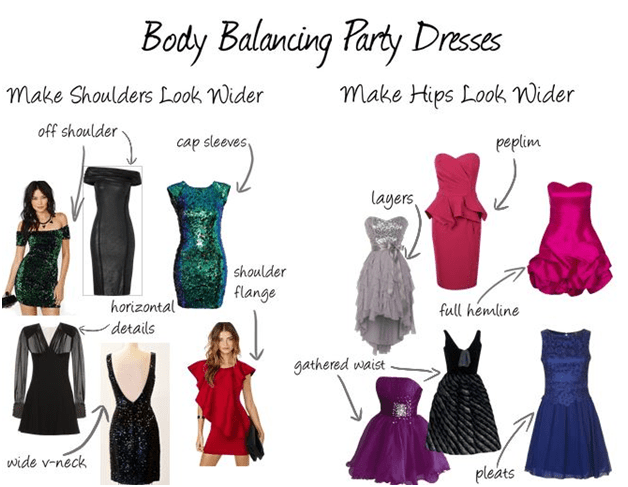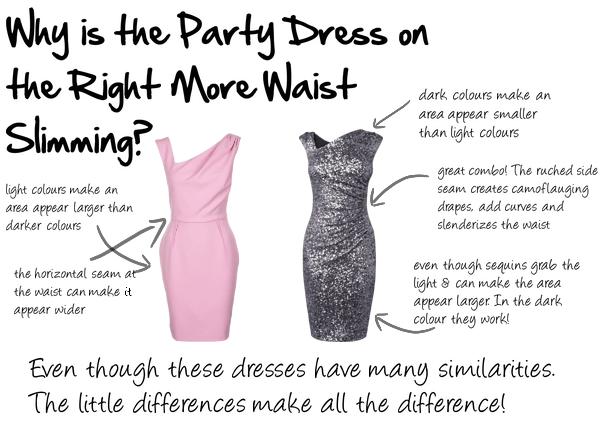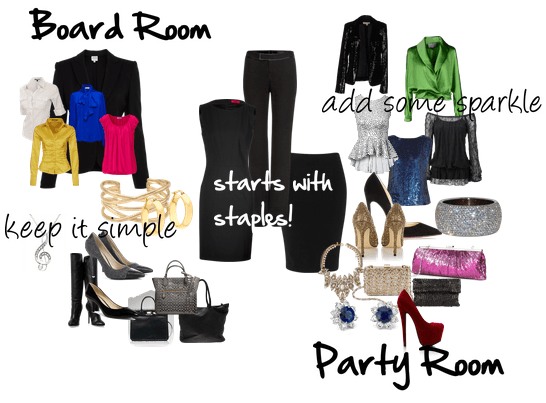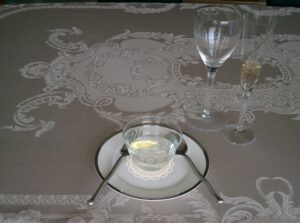This past summer I had the opportunity to vacation in Italy. Upon our arrival, one of the first things my friend said to me was, “smell the flowers.” I remember, at that moment breathing in the wonderful scent of Jasmine.
Those of you who have been to southern Italy know what I am talking about.
It has been suggested that the sense of smell is the most powerful of all five human senses. It affects every aspect of our lives. Fragrance has been used throughout history as a way to influence the mind and the body. Although the use of fragrance is considered more acceptable in some countries and regions than others, over time it has become an important ingredient in our grooming products and many other consumer products that we use every day.
However, is it too much of a good thing? Wearing perfume, fragranced body lotion, fragranced hair styling products and fragranced deodorant, all at the same time, compete with each other and can be overwhelming to others. In in an effort to combat allergies and the overwhelming effect of too much fragrance, many public places in Canada, US and other countries of the world are becoming ‘Scent Free’.
When you wear fragrance, one way to be considerate of others is to appreciate that a little goes a long way. One way to tell if you have applied too much is by how much you notice it on yourself over time. Because you become immune to its odour, if you can smell it on yourself 30 minutes after application, you’ve applied too much. For more sparing application, try the following:
- Apply on pulse points only
- Spray fragrance into the air, then walk through it
- Use body splashes or lotions that are less concentrated
- Apply less – more often
Using less fragrance will save you money by making the bottle last longer. Another way to get the most out of your expensive eau de toilette is by exchanging some of your fragranced grooming products for fragrance-free grooming products.

You may also like…
Accessories Add Personality
Permanent Make up to Do or Not to Do










